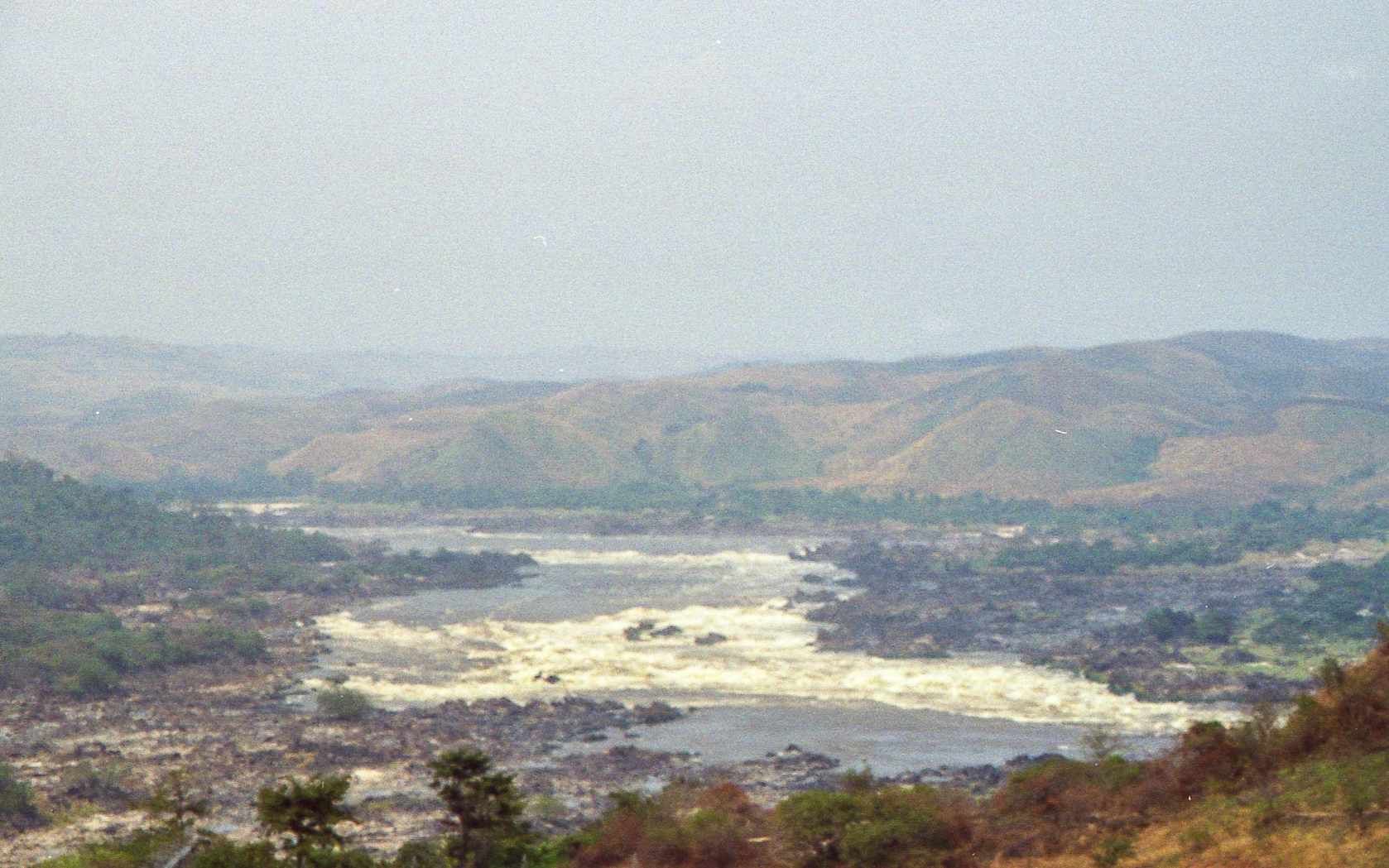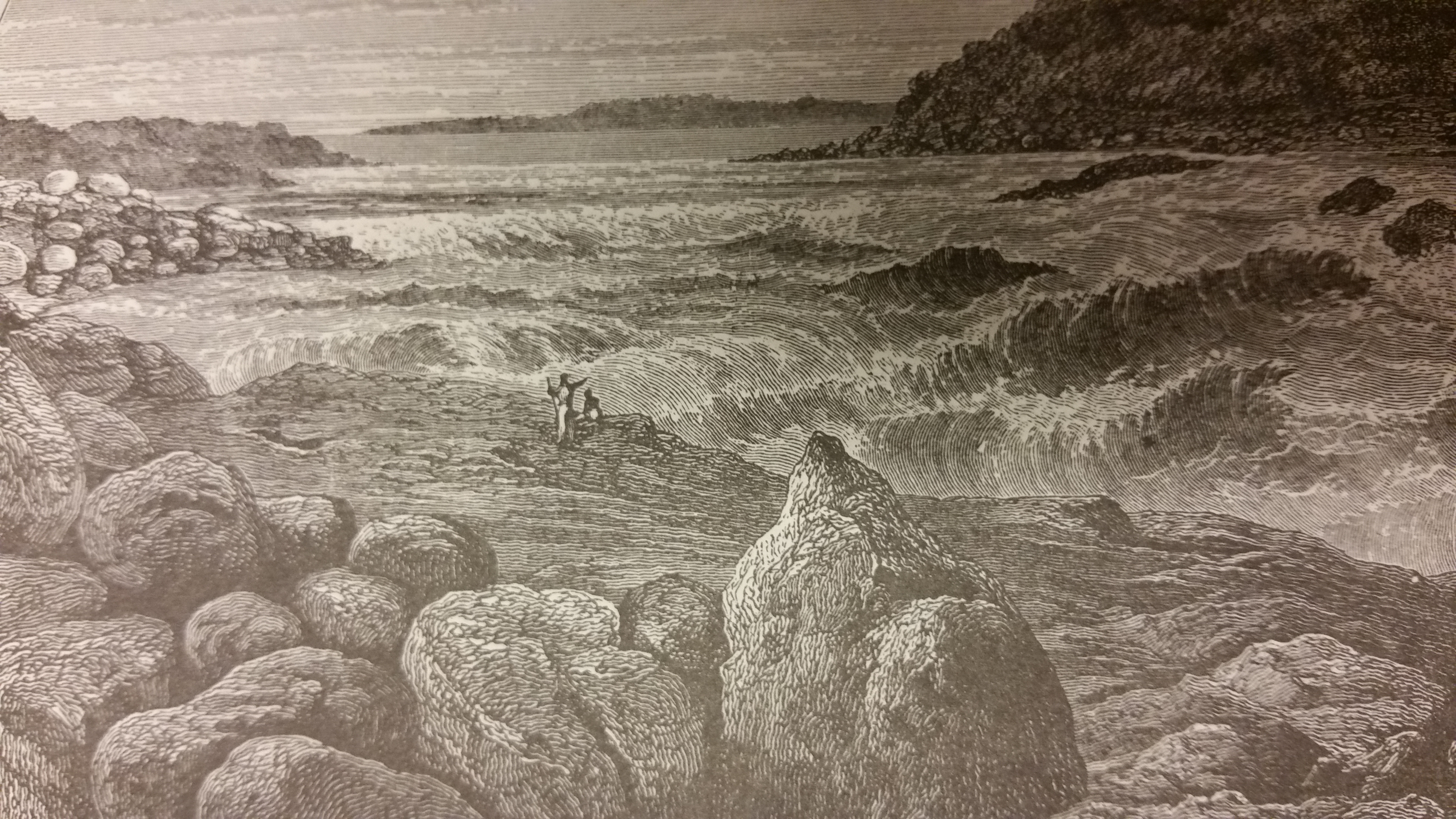Livingstone Falls on:
[Wikipedia]
[Google]
[Amazon]


 Livingstone Falls (
Livingstone Falls (


 Livingstone Falls (
Livingstone Falls (French
French (french: français(e), link=no) may refer to:
* Something of, from, or related to France
** French language, which originated in France, and its various dialects and accents
** French people, a nation and ethnic group identified with Franc ...
: ''Chutes Livingstone''; Dutch
Dutch commonly refers to:
* Something of, from, or related to the Netherlands
* Dutch people ()
* Dutch language ()
Dutch may also refer to:
Places
* Dutch, West Virginia, a community in the United States
* Pennsylvania Dutch Country
People E ...
: ''Livingstonewatervallen''), named for British explorer David Livingstone
David Livingstone (; 19 March 1813 – 1 May 1873) was a Scottish physician, Congregationalist, and pioneer Christian missionary with the London Missionary Society, an explorer in Africa, and one of the most popular British heroes of t ...
, are a succession of enormous rapids on the lower course of the Congo River
The Congo River ( kg, Nzâdi Kôngo, french: Fleuve Congo, pt, Rio Congo), formerly also known as the Zaire River, is the second longest river in Africa, shorter only than the Nile, as well as the second largest river in the world by discharg ...
in west equatorial Africa
Africa is the world's second-largest and second-most populous continent, after Asia in both cases. At about 30.3 million km2 (11.7 million square miles) including adjacent islands, it covers 6% of Earth's total surface area ...
, downstream from Malebo Pool in the Democratic Republic of the Congo
The Democratic Republic of the Congo (french: République démocratique du Congo (RDC), colloquially "La RDC" ), informally Congo-Kinshasa, DR Congo, the DRC, the DROC, or the Congo, and formerly and also colloquially Zaire, is a country in ...
.Stanley, H.M., 1899, Through the Dark Continent, London: G. Newnes, Vol. One , Vol. Two
Description
Livingstone Falls consist of a series of rapids dropping in . They start downstream of Malebo Pool and end in Matadi in Bas-Congo. The Congo River has the second largest flow rate in the world after theAmazon
Amazon most often refers to:
* Amazons, a tribe of female warriors in Greek mythology
* Amazon rainforest, a rainforest covering most of the Amazon basin
* Amazon River, in South America
* Amazon (company), an American multinational technolog ...
, which has no falls or rapids (except near its sources). The lowest rapids of Livingstone Falls, therefore, are the world's largest waterfall in terms of flow rate — provided one accepts these rapids as being a waterfall. An interesting aspect of the long Livingstone Falls is the width of the channel. The channel is very narrow: in several stretches the channel width is less than 300 metres and for the majority of the length the channel is less than 800 metres wide. This is an extraordinarily narrow channel since the river flow rate typically exceeds . Investigations in 2008 and 2009 showed that sections between the rapids may be as deep as . The powerful rapids separate fish populations from one another, causing new species to evolve in close proximity to one another.
History
Although he explored the upper Congo, Livingstone never travelled to this part of the river and the Falls were named in his honour byHenry Morton Stanley
Sir Henry Morton Stanley (born John Rowlands; 28 January 1841 – 10 May 1904) was a Welsh-American explorer, journalist, soldier, colonial administrator, author and politician who was famous for his exploration of Central Africa and his sear ...
. Stanley described the falls as "..the wildest stretch of river that I have ever seen. Take a strip of sea blown over by a hurricane, four miles in length and half a mile in breadth, and a pretty accurate conception of its leaping waves may be obtained. Some of the troughs were 100 yards in length, and from one to the other the mad river plunged. There was first a rush down into the bottom of an immense trough, and then, by its sheer force, the enormous volume would lift itself upward steeply until, gathering itself into a ridge, it suddenly hurled itself 20 or 30 feet straight upward, before rolling down into another trough. If I looked up or down along this angry scene, every interval of 50 or 100 yards of it was marked by wave-towers - their collapse into foam and spray, the mad clash of watery hills, bounding mounds and heaving billows, while the base of either bank, consisting of a long line of piled boulders of massive size, was buried in the tempestuous surf. The roar was tremendous and deafening. I can only compare it to the thunder of an express train through a rock tunnel."
Since the falls, which start with the Yellala Falls
The Yellala Falls (''Rapides de Yelala'' or ''Chutes Yelala''; also spelled as ''Ielala'') are a series of waterfalls and rapids on the Congo River just upstream from Matadi in the Democratic Republic of the Congo.
The falls are the lowest of a l ...
just above Matadi, are a barrier to navigation on the lower part of the river, the Matadi-Kinshasa Railway was constructed to by-pass them.
"Grand Inga" proposed hydroelectric project
Inga Falls onCongo River
The Congo River ( kg, Nzâdi Kôngo, french: Fleuve Congo, pt, Rio Congo), formerly also known as the Zaire River, is the second longest river in Africa, shorter only than the Nile, as well as the second largest river in the world by discharg ...
is a group of rapids in the latter portion of the Livingstone Falls, after the Malebo Pool. The Congo falls about 96 metres within this set of cataracts
A cataract is a cloudy area in the lens of the eye that leads to a decrease in vision. Cataracts often develop slowly and can affect one or both eyes. Symptoms may include faded colors, blurry or double vision, halos around light, trouble ...
. The mean annual flow rate at Inga Falls is about 42,000 cubic metres per second. Given this flow rate and the 96 metre fall, it is possible to calculate that the Inga Falls alone has a power potential of approximately 40 GW.
In 2014, Inga Falls was the site of two large hydro-electric power plants and is being considered for a much larger hydro-electric power generating station known as Grand Inga. The Grand Inga project, if completed, would be the largest hydro-electric power generating facility on Earth. The current project scope calls for the use of a flow rate 26,400 cubic metres per second at a net head of 150 metres; this is equivalent to a generating capacity of about 38.9 GW. This hydro-electric generator would be more than double the current world record holder, which is the Three Gorges
The Three Gorges () are three adjacent gorges along the middle reaches of the Yangtze River, in the hinterland of the People's Republic of China. With a subtropical monsoon climate, they are known for their scenery. The "Three Gorges Scenic A ...
facility on the Yangtze River
The Yangtze or Yangzi ( or ; ) is the longest river in Asia, the third-longest in the world, and the longest in the world to flow entirely within one country. It rises at Jari Hill in the Tanggula Mountains (Tibetan Plateau) and flows ...
in China
China, officially the People's Republic of China (PRC), is a country in East Asia. It is the world's List of countries and dependencies by population, most populous country, with a Population of China, population exceeding 1.4 billion, slig ...
.
See also
*List of waterfalls by flow rate
This list of waterfalls by flow rate includes all waterfalls which are known to have an average flow rate or discharge of at least . The waterfalls in this list are those for which there is verifiable information for, and should not be assumed to ...
References
{{reflist Congo River Waterfalls of the Democratic Republic of the Congo Waterfalls of the Republic of the Congo International waterfalls Freshwater ecoregions of Africa Ecoregions of the Democratic Republic of the Congo Ecoregions of the Republic of the Congo David Livingstone